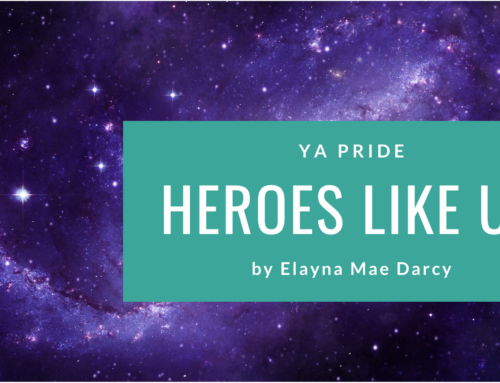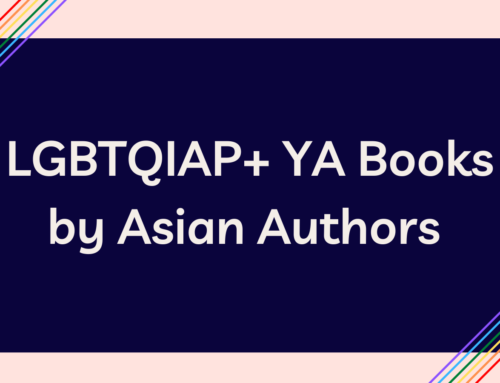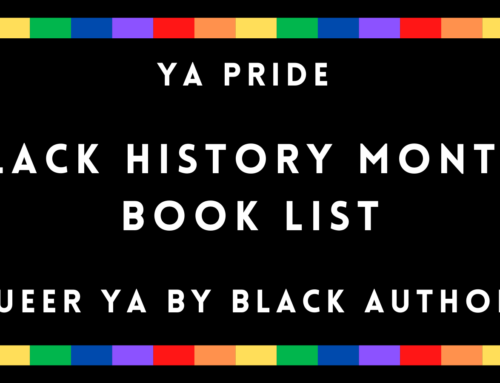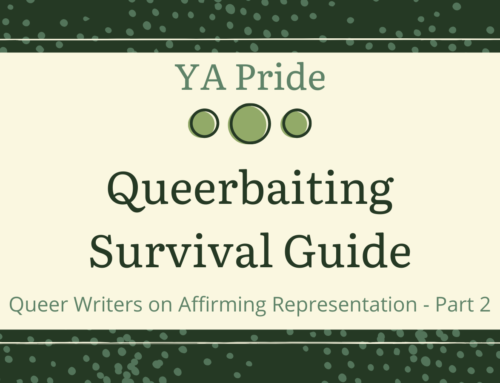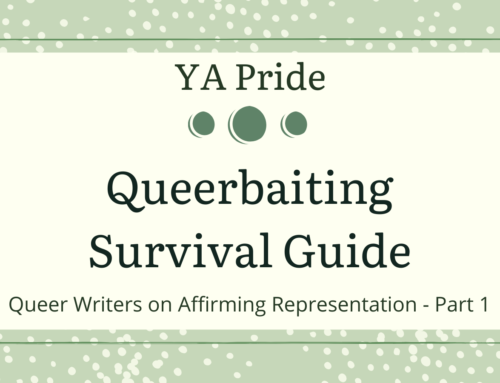Author Jen Wang is here in conversation with Maurene Goo (The Way You Make Me Feel) about cross-dressing, trans identity, and queer teenagers in her recently released graphic novel, The Prince and the Dressmaker.
1. What really resonated with me about The Prince and the Dressmaker were the themes of acceptance and empowerment—with Sebastian, obviously, but also with Frances, the dressmaker. You’re going to hear this book being called a “feminist fairy tale” a lot, which I certainly wouldn’t disagree with. Why did you feel like it was important for you to tell this story right now?
 It’s funny because I started developing this story almost five years ago in 2013. This was before Caitlyn Jenner and Chelsea Manning publicly came out as trans, before a lot of the current conversations about gender identity were in the news. Things looked positive and then the current president was elected, the North Carolina bathroom bill came out, and things are more heightened than ever. At the same time, there’s more open understanding and acceptance of diverse experiences. It’s really amazing how far we’ve come in this short of time, and I’m happy the book is coming out in an environment that is more accepting and open to talking about it. But you’re right, ultimately the book is simply about being true to yourself and I like to think it that’s a message that resonates for anyone at any time.
It’s funny because I started developing this story almost five years ago in 2013. This was before Caitlyn Jenner and Chelsea Manning publicly came out as trans, before a lot of the current conversations about gender identity were in the news. Things looked positive and then the current president was elected, the North Carolina bathroom bill came out, and things are more heightened than ever. At the same time, there’s more open understanding and acceptance of diverse experiences. It’s really amazing how far we’ve come in this short of time, and I’m happy the book is coming out in an environment that is more accepting and open to talking about it. But you’re right, ultimately the book is simply about being true to yourself and I like to think it that’s a message that resonates for anyone at any time.
2. There’s a rich history of cross-dressing in literature and storytelling—but it’s almost always about girls dressing as boys. And then the male character falls in love only to discover that ta-da, phew! You’re not gay, you liked a girl all along! I love how this turned that trope on its head, that the cross dressing was a part of the character and it was accepted and admired by the love interest. What inspired you to write this story about a cross-dressing prince? Were they any fairy tales or stories that were direct inspirations?
Yes, even though Sebastian dressing feminine is a point of drama in the story, I didn’t want it to be the conflict at the center of Frances and Sebastian’s relationship. Right off the bat they accept each other for who they are and it’s up to everyone else to catch up! But the obvious inspiration here is definitely Disney movies and big flashy Broadway musicals. They’re both genres and mediums that are generally seen as old fashioned and I wanted to take those tropes and do something fun and modern with it.
3. Your illustrations are, as always, gorgeous. I loved living in those pages as I read this book. And the dresses are one of my favorite things about it. I would have pored over this book for hours on end as a child, picking all my favorites. What kind of research was involved? What’s your personal interest in fashion?
I spent so much time on Pinterest. Seriously, there’s like a whole community of historical costumers who have stockpiled references images with proper labeling and categorizing and I could just spend hours pinning things. My personal relationship to fashion is more tricky because I love the idea of fashion and seeing it in other people but I’m not much of a dresser in practice. I have a collection of fun clothes in my closet but I’m only ever seen out in a tshirt and stretchy pants. I’m definitely more of a Frances, someone happier behind the scenes than the person wearing the dress.
4. I have to admit that I am very unfamiliar with the world of cross-dressing (there may even be a more accurate term than this?). Did you take on a lot of research about its history—in society and art? If yes, what did it entail?
I only did a little bit of research here because I felt like historical relevance wasn’t super necessary to Sebastian’s story. But there are of course many public figures in history that were genderqueer or trans that I discovered in the process. One was the Chevalier d’Eon, a French diplomat who was also a spy. They disguised themselves as the lady Lea de Beaumont and infiltrated the court of the Empress of Russia and even becoming her maid of honor! They lived for 33 years as a woman until discovered upon their death to have been born biologically male. I would love to see a movie about that.
5. Romance. You know I love it. And I love the way it was handled in the book—the pureness of it, the uncertainty. While there was the added layer of tension because of Sebastian’s two different identities, in the end it felt like a story about “firsts,” which YA is the perfect medium for. I read your notes in the end about your decision to switch this story from an adult to a YA. What do you think it is about the YA spac e that feels right for this specific story?
e that feels right for this specific story?
I think you nailed it! The characters being teenagers made everything more heightened because everything is happening for the first time. Learning about who you are, clashing with your parents, falling in love. I’m also hopeful that it will resonate more with teenagers who’re asking these same questions about themselves who don’t yet have the vocabulary. On the surface it’s a fun princess story about pretty dresses but it’s also a hopeful message for younger readers who’re thinking about who they want to become.
—
The Prince and the Dressmaker is out now from First Second Books. Follow Jen on Twitter (@alooghobi) and Maurene on Twitter (@mauxbot).



